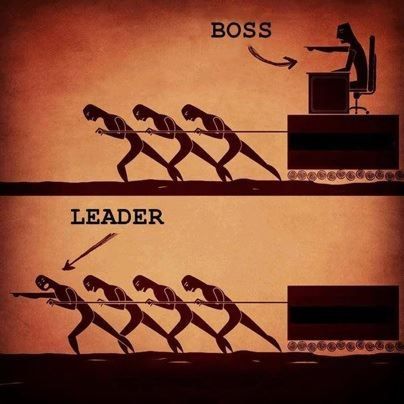It is surprisingly easy to meet people who have experienced some kind of form of sexual harassment in their workplace. According to the statistics in 2015 from a survey conducted by the Huffington Post, 1 out of 3 women have been sexually harassed at work, and specifically, over forty percent of women who had non-managerial fast-food jobs reported that had been sexually harassed.
The article notes that this usually occurs through the misuse of authority by higher-positioned workers who are “abusing their power position.” According to chapter 8, managers, who are in high positions in charge of “reward and coerce” such as salary increase, promotion and holidays, hold significant power in the working relationship. This pressures employees into being obedient to their managers, even if the situation is unethical. For the fast food industry, this conflict usually happens in between workers and shift-managers.
Sexual harassment has been an issue for decades that has seen decent exposure, but statistics demonstrate that despite awareness, levels have remained relatively constant over time.
One reason supporting this lack of change is attributed to the phenomenon where people tend to avoid to talk about such experiences. For instance, only 40 percent of those who are sexually harassed report such incidences, leaving the majority of victims unreported.
To eliminate sexual harassment at work, I believe that education and awareness at the workplace is fundamental. Employees need to understand that sexual harassment is wrong and have to be encouraged to report it in a timely manner. Without telling people, the situation will not solve itself, nor will sexual harassment on a larger scale decrease. Further, companies should have well-established policies documented for such situations, which should prevent abuse of managers’ authority and protect the workers from mental health issues that subsequently follow sexual harassment.
References
Cohn, E. (2016, October 10). Next time you order fast food, consider what women face behind the counter. Retrieved from Business Insider: http://www.businessinsider.com/fast-food-workers-face-rampant-sexual-harassment-2016-10
Langton, N., Robbins, S. P., & Judge, T. A. (2016). Organizational Behaviour Concepts, Controversies, Applications. Toronto: Pearson. p274
Vagianos, A. (2015, February 19). 1 In 3 Women Has Been Sexually Harassed At Work, According To Survey. Retrieved from The Huffington Post: http://www.huffingtonpost.com/2015/02/19/1-in-3-women-sexually-harassed-work-cosmopolitan_n_6713814.html

